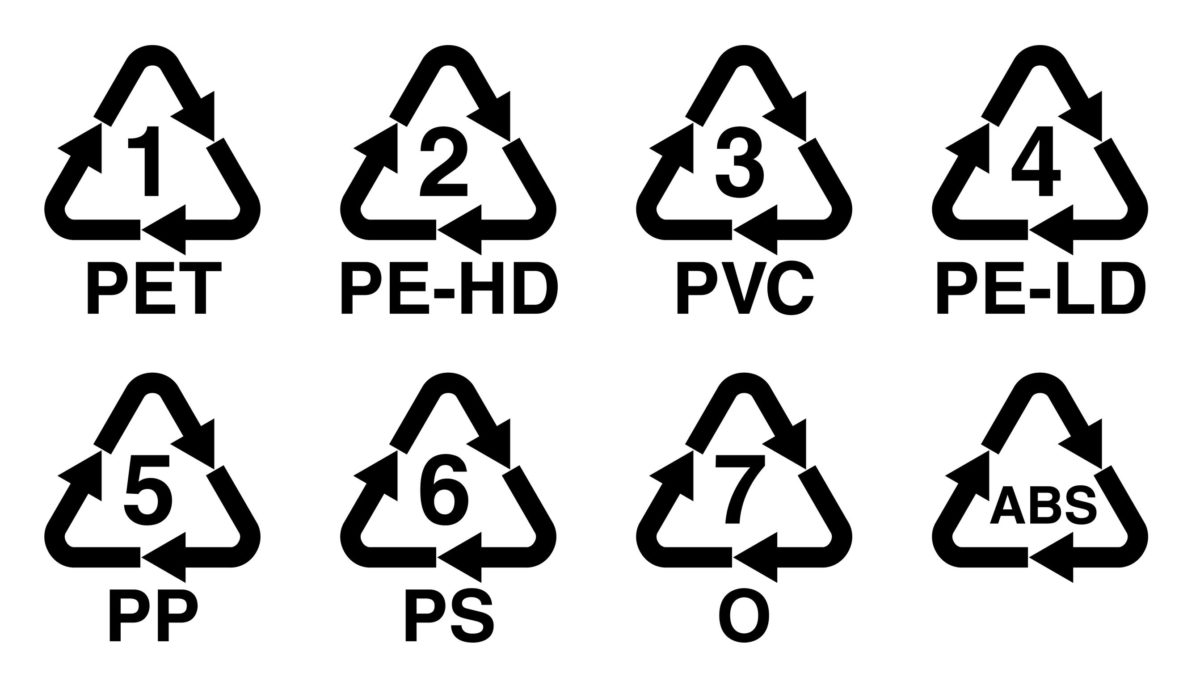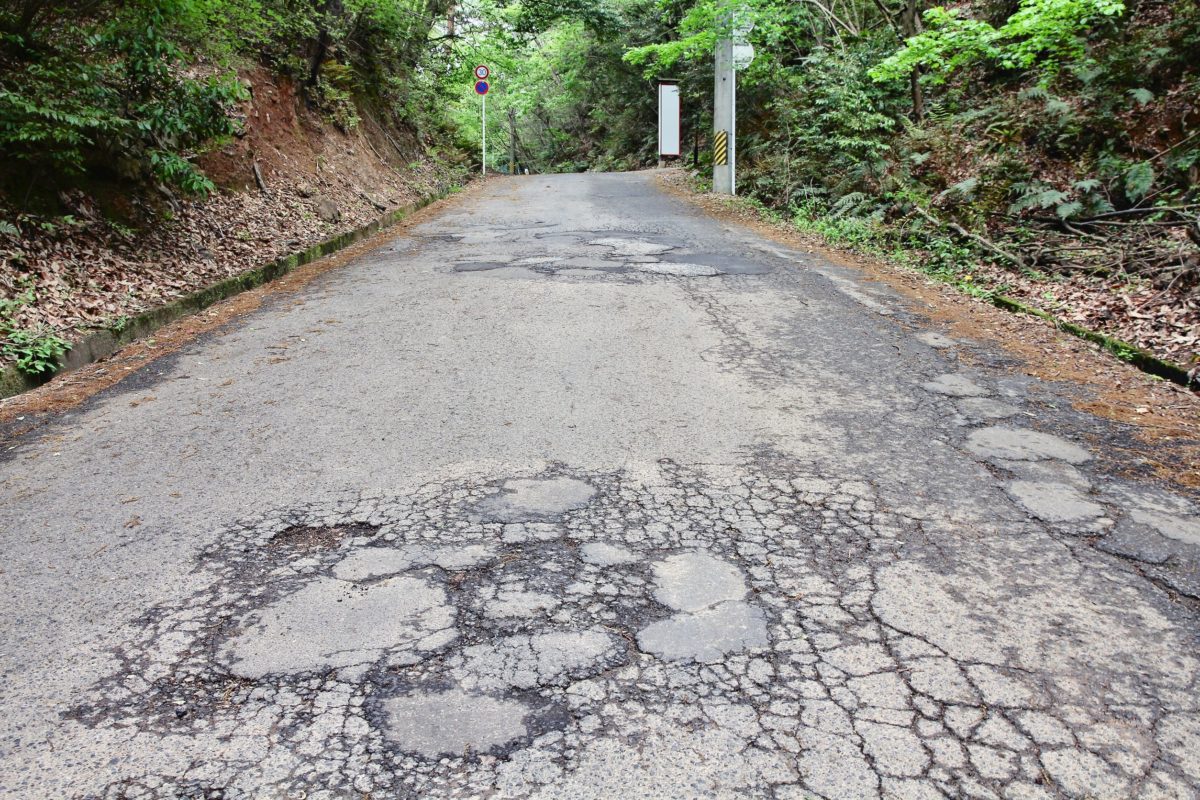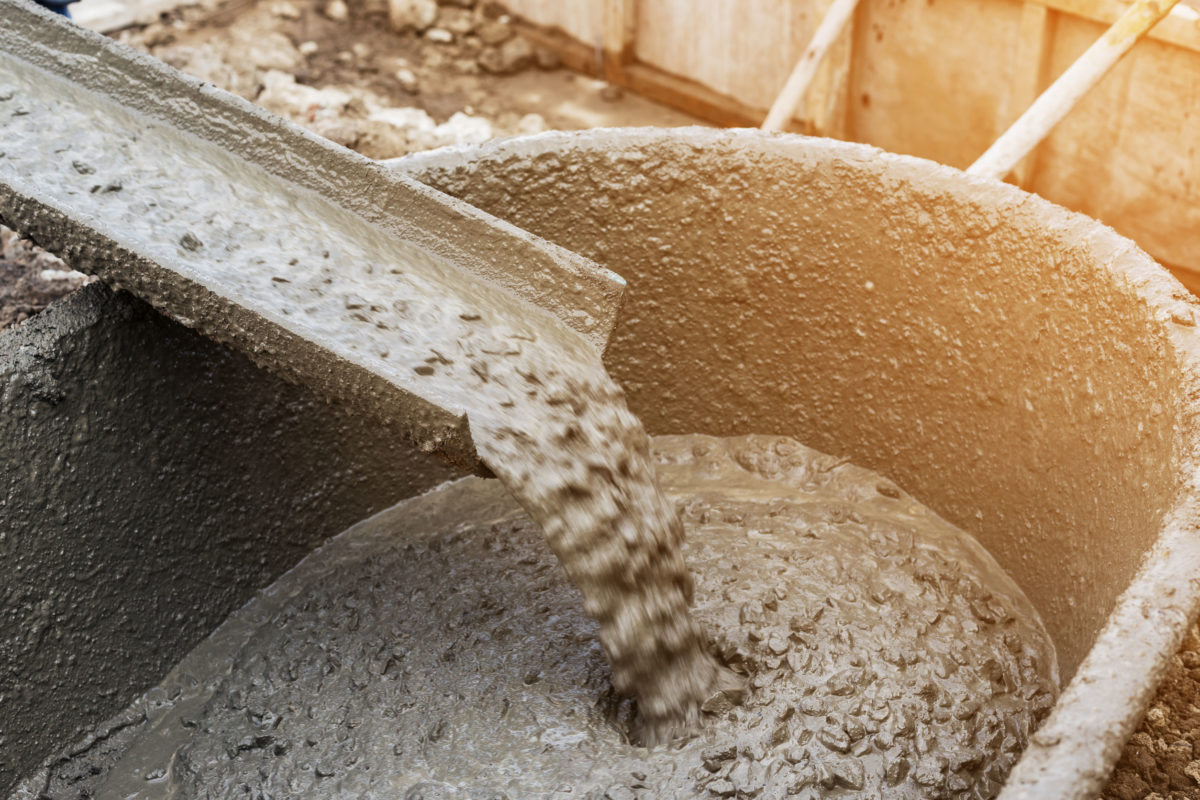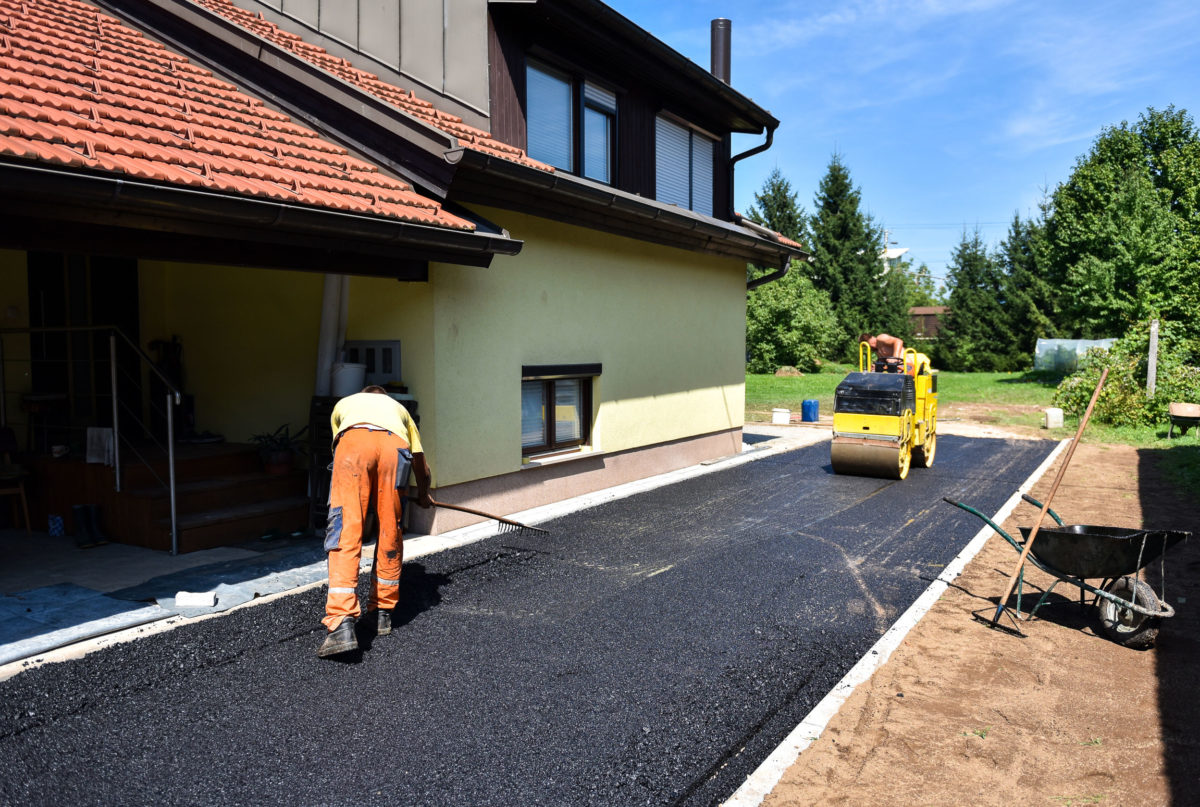What Is High Density Polyethylene?
To understand what RunMat is made of, it’s going to take a quick science lesson. The first key is to know that not all plastic materials have the same integrity. In this case, our product includes a thermoplastic polymer. It’s characterized by how easy it is to manipulate their structure when heated. This allows you to shape and mold as needed. It will hold its shape once back at a normal temperature.
Once settled, there are several different uses they are good for. In this case, it’s used to craft our RunMat tiles. The specific polymer is called high density polyethylene, or HDPE for short. It’s found in a number of daily use items.
The Proof Is In The Plastic
There are several different plastic categories. There’s Polyethylene Terephthalate, and Polypropylene. Then there are the more readily recognizable ones, like PVC, or Polystyrene. The latter is what makes up styrofoam. Then there’s Low-Density Polyethylene, along with a host of other various subcategories.
HDPE is extremely robust in its makeup. When it’s heated, molding it is simple. But once it dries, that will be its remaining shape. That is, until it’s recycled and the process starts all over. It can have color, or remain translucent; it’s up to the manufacturer. Generally products that expire quicker will have a clearer option.
Where Can I Find HDPE?
HDPE is all around! It’s a common addition to your average drink containers. You can also find most quality plumbing and wood alternatives. It’s often used for its strength, which pairs well with its solidity.
HDPE is used to house some of the most popular household items. Soaps, and other chemicals won’t damage the integrity of an HDPE based container. From food, to chemicals, and so much more, HDPE is a dependable option.
It’s Truly Everywhere
HDPE crosses the boundaries of so many different arenas. Take a grocery store for instance. HDPE makes up some of the best conveniences the locale has to offer. Your grocery wagon? HDPE dependent. The sacks that you place your items in when loading your vehicle? The same!
When HDPE is reused, it can be found in a number of varying consumer items. From outdoor appliances, to wood alternatives, and so much more! Even the waste containers reserved for recycling are often made of the material. It’s rare that you won’t find HDPE somewhere around.
Environmental Awareness
HDPE is a great tool for the environmentally conscious. Its components break down without having an adverse impact on the atmosphere. Its effectiveness will carry the user through any initiative. And it’s easily identifiable in most areas! Every product that uses it generally has some notation referencing its presence.
RunMat is a premium ground stabilization solution that’s made up of HDPE. That means that it offers unmatched, effective solutions regardless of the occasion. Does your next event need affordable, stable ground? Schedule a consultation with us today! We’d be happy to tell you more about how RunMat USA can help!




